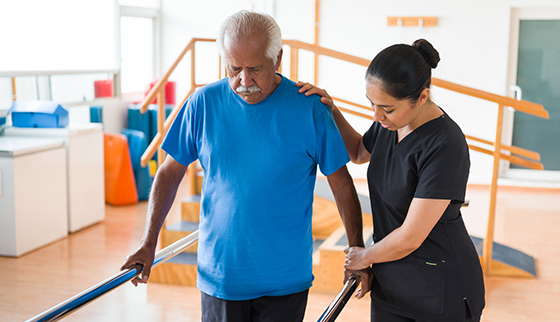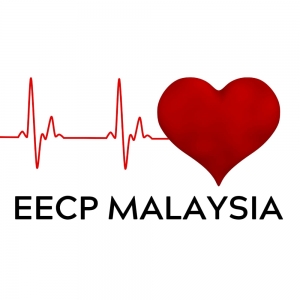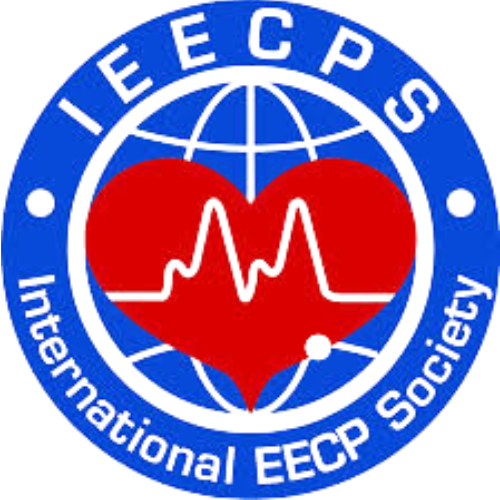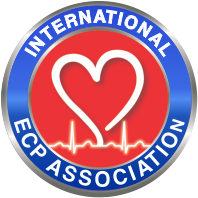A Stroke Breakthrough: How EECP Therapy Is Transforming Lives

In recent years, a remarkable advancement has occurred in stroke rehabilitation with the introduction of Enhanced External Counterpulsation (EECP) therapy. This non-invasive treatment method has demonstrated immense potential in revolutionizing the lives of individuals recovering from stroke. In this article, we will explore the innovative realm of EECP therapy and delve into its significant impact on stroke recovery, offering renewed hope and an improved quality of life for those grappling with this incapacitating condition.
Understanding Stroke Rehabilitation
Stroke, commonly known as a “brain attack,” can result in severe physical, cognitive, and emotional impairments. Traditional stroke rehabilitation techniques, including physical therapy and speech therapy, have long been considered the standard approach. However, the emergence of EECP therapy has opened up new possibilities for stroke survivors by providing an additional avenue for recuperation.
The Science Behind EECP Therapy
EECP therapy entails the utilization of external cuffs placed on the patient’s legs, which inflate and deflate in synchronization with the patient’s heartbeat. This synchronized inflation and deflation enhance blood flow, augment oxygen delivery to the brain, and improve cerebral circulation. By increasing blood flow to the affected regions of the brain, EECP therapy fosters neuroregeneration and facilitates the restoration of damaged neuronal connections.
Transformative Effects on Stroke Recovery
EECP therapy has demonstrated transformative effects on stroke recovery, leading to significant enhancements in motor function, cognitive abilities, and overall quality of life. Research studies have indicated that stroke survivors undergoing EECP therapy witness improved mobility, heightened strength, enhanced balance, and reduced spasticity. Moreover, the therapy has been linked to advancements in speech and language capabilities, as well as augmented cognitive function, encompassing attention, memory, and problem-solving skills.
Personal Stories of Transformation
Numerous stroke survivors have experienced life-altering improvements through EECP therapy. Consider the inspiring account of John, a stroke survivor who regained his ability to walk independently following a series of EECP sessions. Another remarkable example is Sarah, whose speech and communication abilities underwent significant improvement after receiving EECP therapy, enabling her to reconnect with loved ones and regain confidence in social interactions. These personal narratives underscore the profound impact that EECP therapy can have on stroke survivors, rekindling hope and transforming lives.
Embracing the Future of Stroke Rehabilitation
As more healthcare providers and stroke rehabilitation centers recognize the potential of EECP therapy, its availability and accessibility continue to expand. With ongoing advancements in technology and research, the future of stroke rehabilitation appears promising. By amalgamating conventional therapies with innovative approaches like EECP, healthcare professionals can offer comprehensive treatment options that maximize the potential for recovery and enhance outcomes for stroke survivors.
Conclusion
EECP therapy heralds a breakthrough in stroke rehabilitation, providing fresh hope and boundless possibilities for those grappling with this devastating condition. As awareness continues to grow and more lives are positively impacted, EECP therapy paves the way for a brighter future in stroke recovery.




